+8613776545860
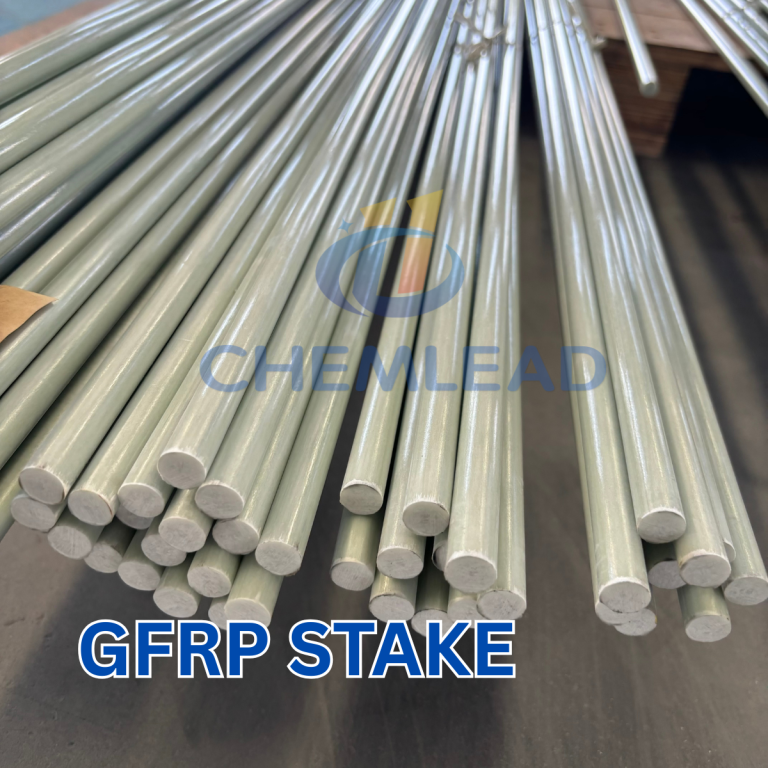
Fiberglass Stake
Fiberglass stakes are lightweight, rigid rods made from a composite material: glass fiber strands embedded in a polymer resin (typically polyester or vinyl ester). This combination creates a stake that’s both strong and flexible—able to withstand bending, impact, and harsh weather without compromising its structure.
When it comes to outdoor projects—whether you’re marking property lines, supporting plants, or securing tents—finding a stake that can stand up to the elements is key. For years, wood, metal, and plastic stakes have been the go-to options, but they often fall short: wood rots, metal rusts, and plastic breaks. Enter fiberglass stakes—a modern alternative that’s redefining reliability in outdoor applications. In this blog, we’ll explore what fiberglass stakes are, their standout benefits, common uses, and why they’re the smart choice for your next project.
What Are Fiberglass Stakes?
Fiberglass stakes are lightweight, rigid rods made from a composite material: glass fiber strands embedded in a polymer resin (typically polyester or vinyl ester). This combination creates a stake that’s both strong and flexible—able to withstand bending, impact, and harsh weather without compromising its structure.
Unlike traditional stakes, fiberglass stakes are engineered for durability. They’re often manufactured using pultrusion, a process that pulls continuous glass fibers through a resin bath and forms them into consistent, high-strength profiles. This ensures every stake is uniform in quality, with no weak spots.
Why Fiberglass Stakes Outperform Traditional Options
Fiberglass stakes offer a host of advantages that make them a superior choice over wood, metal, and plastic. Here’s why they’re gaining popularity among gardeners, contractors, campers, and homeowners:
1. Weather and Corrosion Resistance
One of the biggest downsides of wood stakes is rot—exposure to rain, snow, or soil moisture causes them to warp, split, or decay within a year or two. Metal stakes fare no better: they rust, leaving unsightly stains and weakening over time, especially in humid or coastal areas.
Fiberglass stakes? They’re impervious to water, rust, and rot. Whether buried in damp soil, left out in a rainstorm, or exposed to saltwater, they’ll maintain their strength and appearance for years. This makes them ideal for long-term outdoor use, from garden beds to coastal construction sites.
2. Strength and Flexibility
Plastic stakes are lightweight but brittle—they snap easily under pressure, whether from strong winds, accidental kicks, or heavy soil. Fiberglass stakes, by contrast, are both strong and flexible. They can bend under stress (like a sudden gust of wind) and return to their original shape without breaking.
This “flexible strength” is a game-changer for applications like supporting young trees or securing tents: the stake won’t snap when pulled or pushed, ensuring your project stays stable.
3. Lightweight and Easy to Handle
Metal stakes are strong but heavy, making them cumbersome to transport and drive into the ground—especially for large projects. Fiberglass stakes are up to 70% lighter than steel stakes, so you can carry more in one trip and install them with less effort.
Whether you’re a gardener planting dozens of tomato cages or a contractor marking a construction site, the reduced weight saves time and energy.
4. UV Resistance
Plastic stakes degrade quickly under direct sunlight, becoming brittle and faded after just a few months. Fiberglass stakes are formulated with UV stabilizers, so they resist sun damage. They won’t crack, fade, or weaken even after years of exposure to harsh sunlight—perfect for outdoor use in sunny climates.
5. Chemical and Pest Resistance
Wood stakes attract termites, ants, and other pests, which can compromise their integrity. Metal stakes react with chemicals in the soil (like fertilizers or pesticides), accelerating rust. Fiberglass stakes are inert, meaning they don’t react to chemicals or attract pests. This makes them ideal for gardens, agricultural fields, and industrial sites where chemicals are present.
6. Long Lifespan
Thanks to their resistance to rot, rust, UV damage, and pests, fiberglass stakes last significantly longer than traditional options. A wood stake might need replacement every 1–2 years; a fiberglass stake can last 10+ years with minimal maintenance. Over time, this longevity saves money and reduces waste.
Common Uses for Fiberglass Stakes
Fiberglass stakes’ versatility makes them indispensable across a range of outdoor applications. Here are some of their most popular uses:
1. Gardening and Agriculture
Plant Support: Stake tomatoes, peppers, roses, and other climbing plants. Their flexibility prevents damage to stems when plants sway in the wind.
Row Markers: Mark garden rows, seedling beds, or crop boundaries. They’re visible year-round and won’t rot in damp soil.
Greenhouse Stakes: Support young plants or secure netting in greenhouses, where humidity would quickly ruin wood stakes.
2. Construction and Surveying
Property Line Markers: Mark boundaries for land surveys, construction sites, or fencing projects. They’re durable enough to stay in place through grading, digging, and weather.
Temporary Fencing: Secure temporary fences around construction zones or event spaces. Their lightweight design makes setup fast, and they won’t rust if left in place for months.
Concrete Forms: Hold concrete forms in place during pouring. They resist moisture and won’t warp, ensuring precise, straight edges.
3. Outdoor Recreation
Tent and Canopy Stakes: Secure tents, awnings, or pop-up canopies. Their flexibility withstands wind without snapping, keeping your shelter stable.
Trail Markers: Mark hiking trails, campgrounds, or hunting paths. They’re visible, weatherproof, and won’t attract wildlife.
Event Setup: Stake down banners, inflatables, or outdoor lighting at festivals, weddings, or sports events.
4. Landscaping and Erosion Control
Sod and Seed Installation: Hold down sod, erosion control blankets, or seed mats on slopes. They won’t rust, so they won’t stain new grass or soil.
Tree Support: Stabilize young trees or saplings. Their flexibility allows for slight movement (which strengthens the tree) without breaking.
How to Choose the Right Fiberglass Stake
Not all fiberglass stakes are the same. To find the best one for your project, consider these factors:
Length and Diameter: Longer stakes (36–48 inches) work for deep anchoring (e.g., tree support or construction markers), while shorter ones (12–24 inches) are ideal for gardening or tent stakes. Thicker diameters (0.5–1 inch) offer more strength for heavy-duty use.
Pointed vs. Flat Ends: Stakes with pointed ends are easier to drive into hard soil, while flat ends work better for hammering without damaging the stake.
Color: Many fiberglass stakes come in bright colors (orange, yellow, green) for high visibility—great for trail markers or construction zones. Neutral colors (black, brown) blend into gardens or landscapes.
Customization: Some manufacturers offer stakes with pre-drilled holes (for tying plants or fencing) or reflective strips (for low-light visibility).

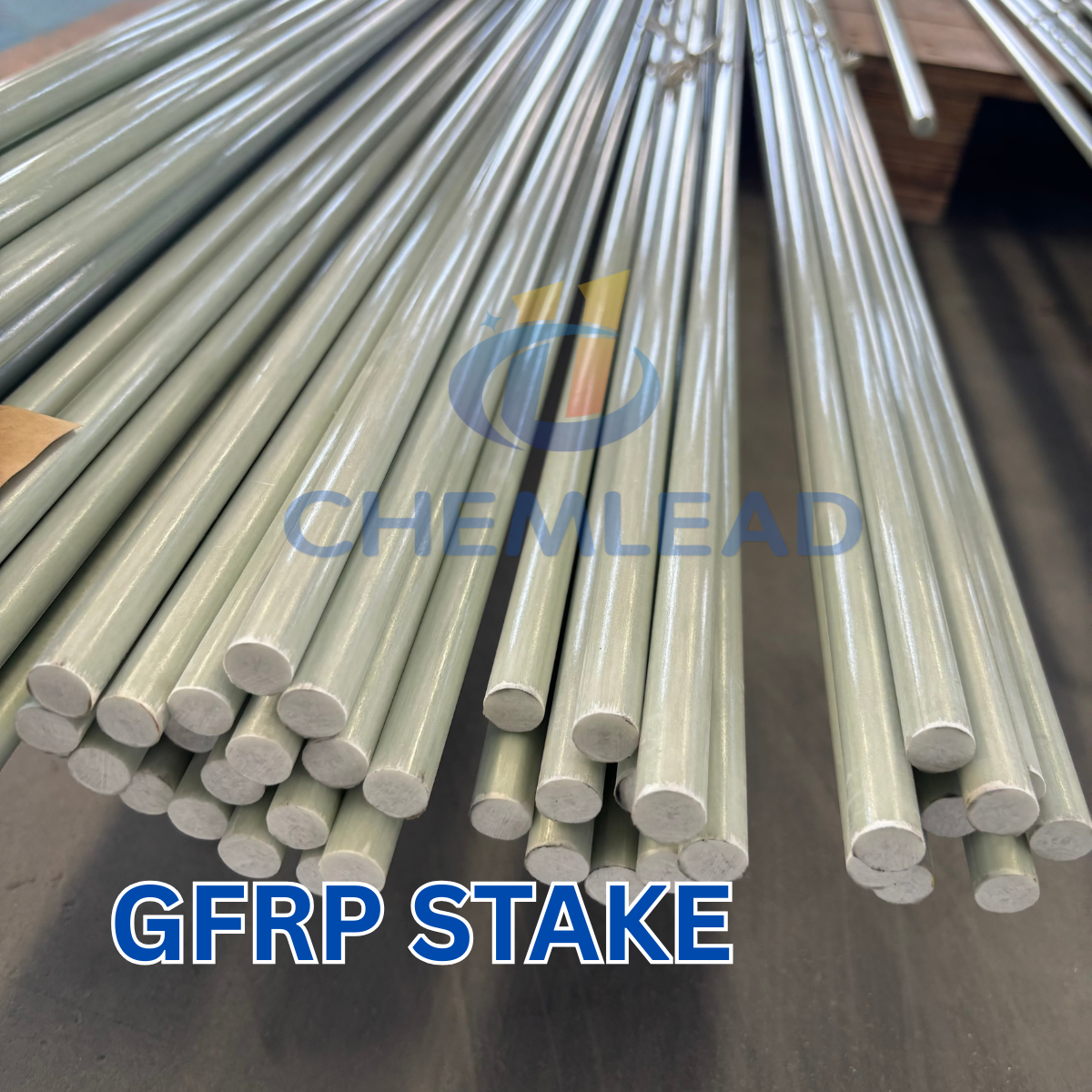
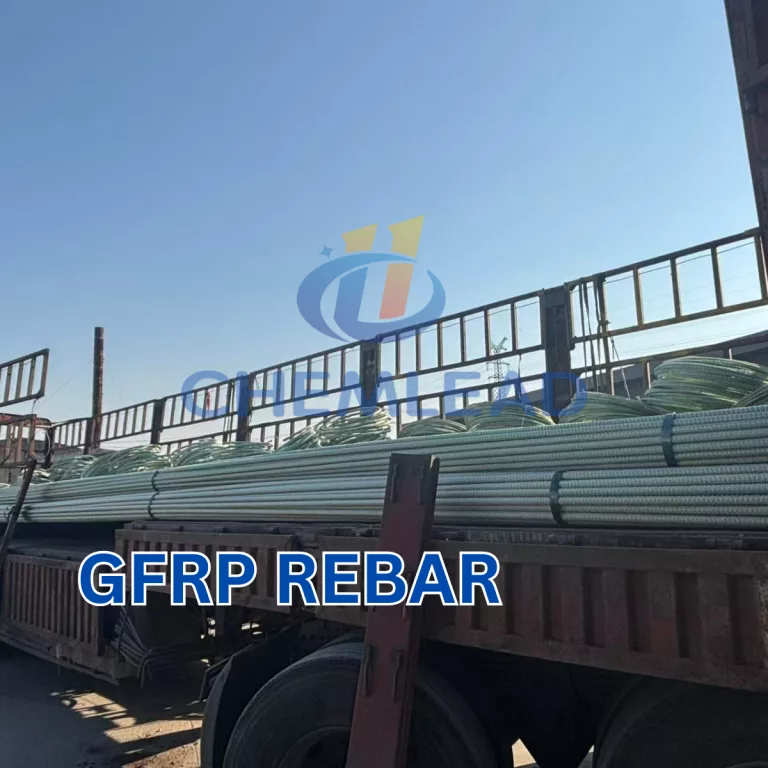
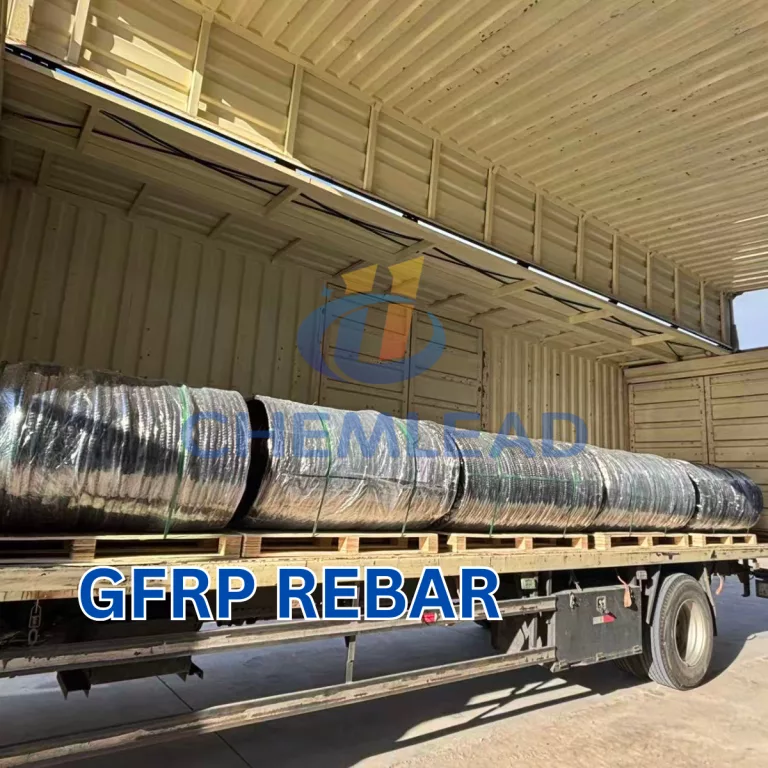
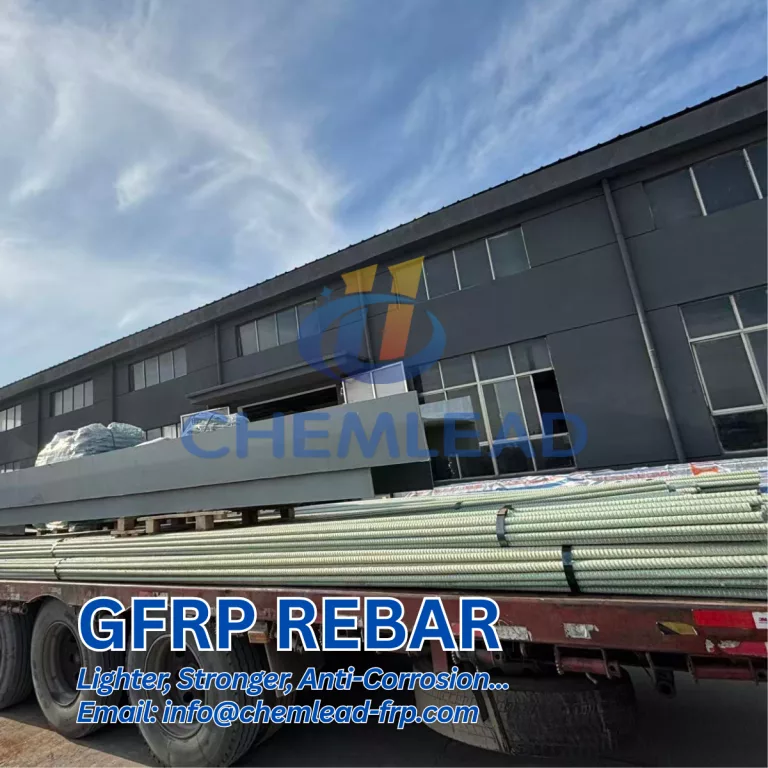
 Get Free Quote Now! Don’t Hesitate!
Get Free Quote Now! Don’t Hesitate!